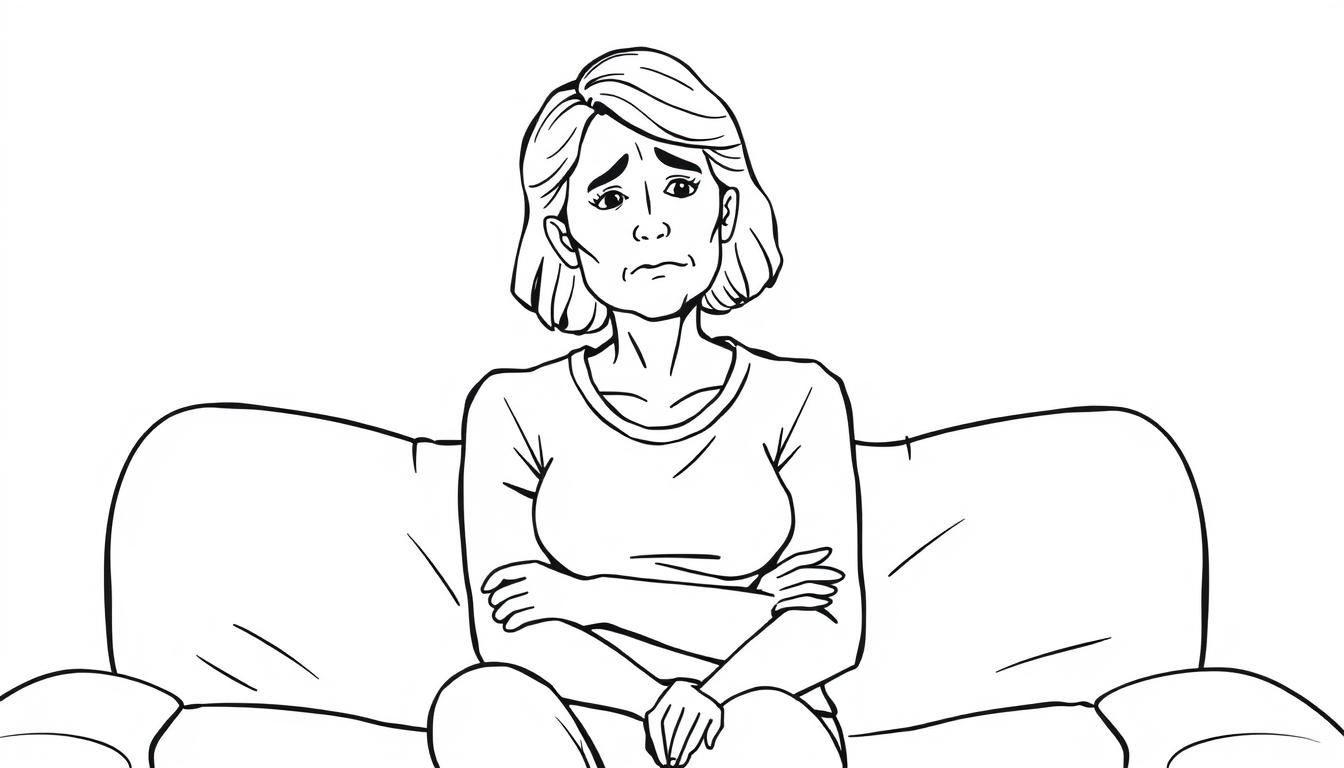Yeast infections affect up to 75% of women at least once in their lifetime, with many experiencing recurring episodes that prove resistant to conventional treatments. As research advances, red light therapy has emerged as a promising complementary approach for addressing these persistent infections. This guide examines the scientific evidence behind using red light therapy for yeast infections, how it works, and the most effective protocols for home treatment.
While antifungal medications remain the standard first-line treatment, their effectiveness can diminish over time as fungi develop resistance. Red light therapy offers a non-invasive, drug-free alternative that works through different mechanisms to help combat yeast overgrowth and support the body’s natural defenses.
Understanding Yeast Infections: Causes and Conventional Treatments
Yeast infections can cause significant discomfort and often recur despite conventional treatments
Yeast infections, primarily caused by Candida albicans, occur when there’s an overgrowth of this naturally occurring fungus. The vaginal environment normally maintains a delicate balance of microorganisms, but factors like antibiotics, hormonal changes, diabetes, or compromised immunity can disrupt this equilibrium.
Conventional treatments typically include over-the-counter antifungal creams, suppositories, or oral medications. While effective for many, approximately 40-45% of women experience recurrent infections, defined as four or more episodes within a year, according to a study published in the Journal of Women’s Health.
Common Symptoms of Vaginal Yeast Infections
- Intense itching and irritation
- Burning sensation, especially during urination or intercourse
- Redness and swelling of the vulva
- Vaginal pain and soreness
- Thick, white, odorless discharge with a cottage cheese-like appearance
- Vaginal rash
The Science Behind Red Light Therapy for Fungal Infections
Red light therapy, also known as photobiomodulation or low-level light therapy, uses specific wavelengths of light (typically 630-850nm) to stimulate cellular function and promote healing. When applied to areas affected by yeast infections, these light waves penetrate the tissue and interact with cellular components, particularly the mitochondria.
How Red Light Therapy Affects Yeast Cells
Research has identified several mechanisms through which red light therapy may help combat yeast infections:
Direct Antifungal Effects
A groundbreaking study by Zhang et al. (2016) demonstrated that specific wavelengths of red light can directly inhibit the growth of Candida albicans. The researchers found that exposure to 630nm red light significantly reduced fungal colony formation by disrupting the cellular metabolism of the yeast.
Immune System Enhancement
Red light therapy has been shown to modulate immune response in affected tissues. Avci et al. (2013) found that photobiomodulation enhances macrophage activity—immune cells that engulf and destroy pathogens, including yeast cells.
Reduced Inflammation
Chronic yeast infections often lead to inflammation of vaginal and vulvar tissues. Red light therapy has well-documented anti-inflammatory effects, reducing the production of pro-inflammatory cytokines while increasing anti-inflammatory mediators (Hamblin, 2017).
Tissue Regeneration
The irritation and micro-abrasions caused by yeast infections can damage vaginal tissue. Red light therapy accelerates tissue repair by stimulating fibroblast activity and collagen production, helping restore the integrity of the vaginal epithelium.
Clinical Evidence for Red Light Therapy Against Yeast Infections
While research specifically targeting vaginal yeast infections with red light therapy is still emerging, several clinical studies provide promising evidence for its effectiveness against Candida and other fungal pathogens:
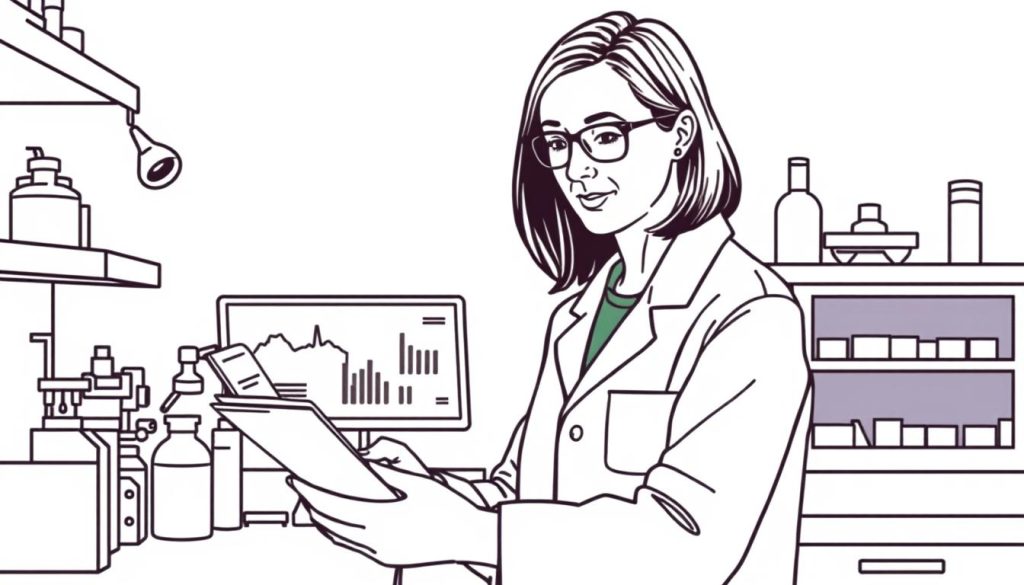
Clinical research continues to explore the effectiveness of red light therapy against fungal infections
“Photobiomodulation therapy shows significant promise as an adjunctive treatment for candidiasis, with minimal side effects and no evidence of developing resistance, unlike traditional antifungal medications.”
Key Research Findings
- Teichert et al. (2018) demonstrated that photodynamic therapy using red light at 660nm wavelength reduced Candida albicans colonies by 68% in an oral candidiasis model.
- Martins et al. (2020) found that near-infrared light (810nm) inhibited biofilm formation of drug-resistant Candida strains by approximately 60%.
- Ramos et al. (2016) showed that combining red light therapy with conventional antifungal treatments enhanced the effectiveness against resistant strains of Candida.
Important Note: While red light therapy shows promise as a complementary approach, it should not replace medical treatment for acute yeast infections. Always consult with a healthcare provider before starting any new treatment regimen.
Effective Treatment Protocols for Using Red Light Therapy
Based on available research and clinical practice, the following protocols have shown the most promise for addressing yeast infections with red light therapy:

Home treatment with red light therapy panels can be convenient and effective when used correctly
Optimal Wavelengths and Treatment Parameters
| Parameter | Optimal Range | Research Support |
| Wavelength | 630-660nm (red) and 810-850nm (near-infrared) | Zhang et al. (2016), Martins et al. (2020) |
| Power Density | 30-100 mW/cm² | Teichert et al. (2018) |
| Treatment Duration | 10-20 minutes per session | Ramos et al. (2016) |
| Treatment Frequency | Daily or every other day | Clinical practice guidelines |
| Course Length | 2-4 weeks | Avci et al. (2013) |
Treatment Application Methods
For vaginal yeast infections, there are two primary approaches to applying red light therapy:
External Application
Using a panel device positioned to illuminate the external genital area. This method is most effective for addressing vulvar symptoms and external manifestations of the infection.
The Total Spectrum Compact (30 in × 12 in with 216 LEDs) provides an ideal balance of coverage and power for treating the pelvic region. Its seven-wavelength mix ensures optimal penetration for addressing both surface and deeper tissue concerns. Compare leading panels side-by-side here to find the right size for your needs.
Combination Approach
For comprehensive treatment, many practitioners recommend combining external panel therapy with conventional treatments prescribed by your healthcare provider.
This integrated approach allows the red light therapy to enhance the effectiveness of antifungal medications while addressing inflammation and supporting tissue healing.
Proper positioning and distance are crucial for effective treatment
Choosing the Right Red Light Therapy Device for Yeast Infections
When selecting a device for treating yeast infections, several factors should be considered to ensure effectiveness and safety:
Different device sizes and configurations offer varying benefits for treating yeast infections
Key Device Features to Consider
Wavelength Range
Look for devices that offer both red (630-660nm) and near-infrared (810-850nm) wavelengths. This combination provides both surface treatment and deeper tissue penetration.
Power Output
Effective devices should deliver at least 30mW/cm² at the treatment distance. Lower power outputs may require significantly longer treatment times to achieve results.
Treatment Area Size
For treating the pelvic region, a panel that covers at least 12″ x 12″ is recommended to ensure adequate coverage of the affected area.
EMF Emissions
Since treatment involves sensitive areas, choose devices with minimal electromagnetic field (EMF) emissions. Quality devices should measure less than 2 mG at treatment distance.
Clinical Validation
Prioritize devices that reference specific clinical research supporting their wavelengths and power outputs for antimicrobial applications.
Ease of Positioning
Consider how the device can be positioned for comfortable treatment of the pelvic region, ideally with hands-free operation.
Recommended Device Options
Several manufacturers offer quality devices suitable for addressing yeast infections:
Leading Panel Options
- RLT Home Total Spectrum Ultra (64 in × 12 in, 480 LEDs) – Features a motorized stand for comfortable positioning and includes all seven clinically-validated wavelengths needed for comprehensive treatment.
- Joovv Solo – Known for its sleek design and modular system that allows for expansion.
- PlatinumLED BioMax – Recognized for exceptional durability and consistent power output.
- Mito Red Light – Offers budget-friendly options without compromising on core wavelengths.
Features to Avoid
- Single wavelength devices – Limited to surface treatment only.
- Low-power LED masks or wands – Typically lack sufficient power density for effective treatment.
- Devices without independent testing – May not deliver advertised specifications.
- High-EMF devices – Can potentially cause other health concerns with regular use.
An Integrative Approach to Managing Yeast Infections
For optimal results, red light therapy should be part of a comprehensive approach to addressing yeast infections:
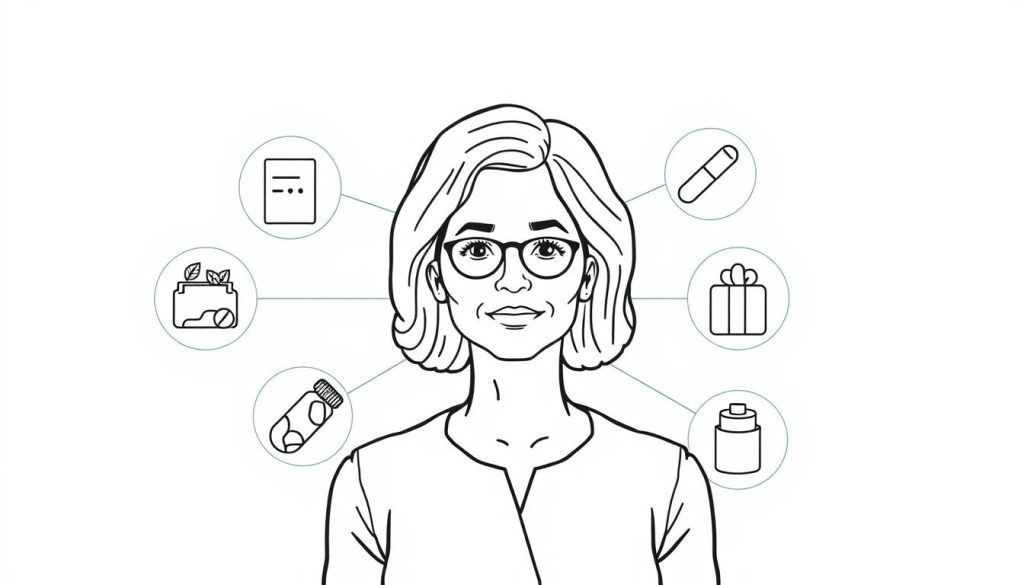
Combining multiple approaches often yields the best results for persistent infections
Complementary Strategies
Dietary Modifications
Reducing sugar and refined carbohydrates can help starve yeast of their preferred food source. Incorporating probiotic-rich foods like yogurt and fermented vegetables supports healthy vaginal flora.
Probiotics
Research by Xie et al. (2017) found that Lactobacillus supplementation reduced recurrence rates of vaginal yeast infections by up to 65% when used as an adjunct therapy.
Stress Management
Chronic stress can suppress immune function, making it harder for your body to control yeast overgrowth. Regular stress reduction practices can support overall vaginal health.
Treatment Protocol Example
- Medical treatment as prescribed by healthcare provider
- Daily red light therapy sessions (15 minutes)
- Probiotic supplementation
- Sugar and refined carb reduction
Week 1-2: Acute Phase
- Continue red light therapy every other day
- Maintain dietary modifications
- Add fermented foods to diet
- Begin stress reduction practices
Week 3-4: Recovery Phase
- Red light therapy 2-3 times weekly
- Regular probiotic consumption
- Balanced diet low in refined sugars
- Regular exercise and stress management
Week 5+: Maintenance
Safety Considerations and Potential Side Effects
Red light therapy is generally considered safe with minimal side effects, but there are important considerations when using it for yeast infections:

Taking proper precautions ensures safe and effective treatment
When to Consult a Healthcare Provider
Important: Always consult with a healthcare provider before beginning red light therapy for yeast infections, especially if:
- You’re experiencing your first yeast infection (proper diagnosis is essential)
- You have severe symptoms or unusual discharge
- You’re pregnant or breastfeeding
- You have a compromised immune system
- You’re taking photosensitizing medications
Potential Side Effects
Red light therapy has an excellent safety profile, but some users may experience:
- Temporary redness – Usually subsides within a few hours
- Mild warming sensation – Should never be uncomfortable or burning
- Eye strain – Always use appropriate eye protection when using high-powered devices
If you experience any unusual reactions or worsening symptoms, discontinue use and consult your healthcare provider.
User Experiences and Case Studies
While individual results vary, many users have reported positive experiences using red light therapy as part of their approach to managing yeast infections:
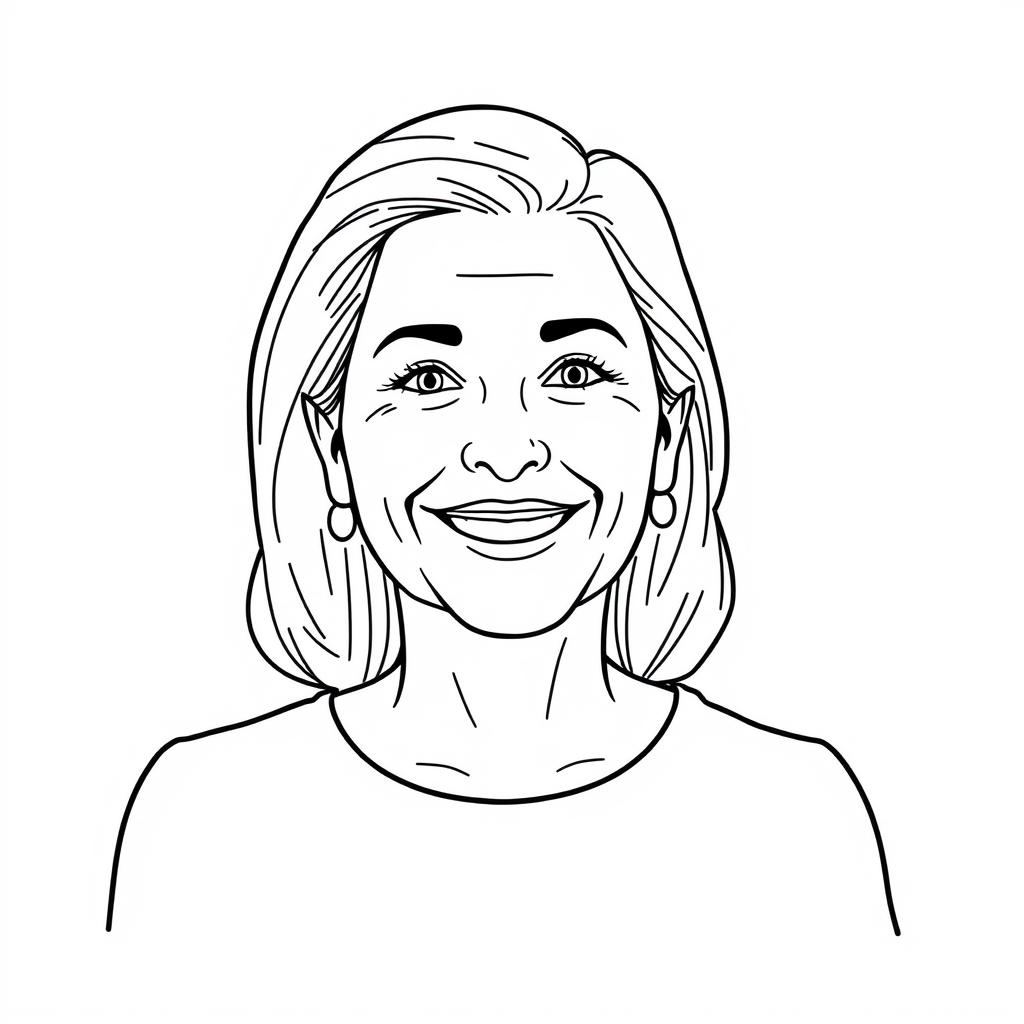
Many users report significant improvement in symptoms and reduced recurrence rates
“After struggling with recurrent infections for years, adding red light therapy to my treatment regimen has been transformative. I’ve gone from having an infection almost monthly to just one minor episode in the past year.”
Common Patterns in User Reports
- Symptom relief – Many users report faster resolution of itching and irritation
- Reduced recurrence – Consistent use appears to extend time between infections
- Complementary benefits – Users often note improvements in overall vaginal tissue health
- Consistency matters – Those who maintain regular treatment schedules report better outcomes
Clinical Perspective: A 2019 survey of integrative medicine practitioners found that 68% who recommended red light therapy for patients with recurrent yeast infections reported positive outcomes, particularly when combined with conventional treatments and dietary modifications.
Conclusion: Is Red Light Therapy Right for Your Yeast Infection Concerns?
Red light therapy represents a promising complementary approach for addressing yeast infections, particularly for those experiencing recurrent episodes or seeking non-pharmaceutical options. The growing body of research supports its potential to directly inhibit fungal growth, reduce inflammation, enhance immune response, and promote tissue healing.
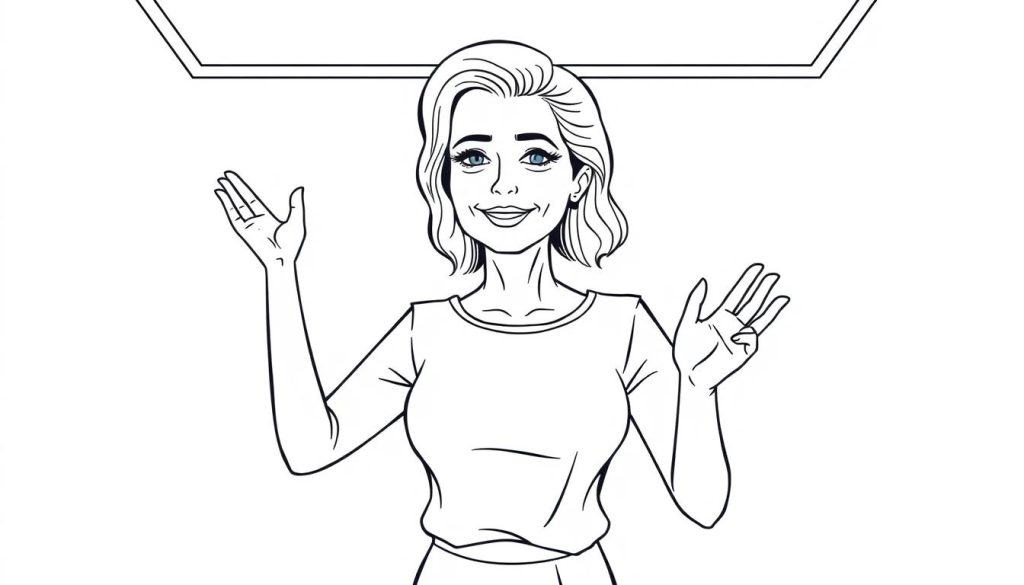
Red light therapy can be an empowering addition to your health management toolkit
For those considering this approach, the Total Spectrum Ultra with its motorized stand provides the ideal combination of coverage, power, and convenience for treating the pelvic region. Its seven clinically-validated wavelengths ensure comprehensive treatment of both surface symptoms and deeper tissue concerns. Compare leading panels side-by-side here to find the option that best fits your needs and budget.
Remember that red light therapy works best as part of an integrative approach that may include conventional medical treatment, dietary modifications, probiotic support, and stress management. Always consult with a healthcare provider before beginning any new treatment regimen, especially for conditions requiring proper diagnosis like vaginal yeast infections.
With the right approach and consistent application, red light therapy may offer a valuable tool for managing yeast infections and supporting overall vaginal health.
— David, independent RLT researcher
Frequently Asked Questions
How quickly can I expect results from red light therapy for a yeast infection?
Most users report noticing improvement in symptoms within 3-7 days of beginning regular treatment. However, for optimal results and to prevent recurrence, a full 2-4 week treatment course is typically recommended. Consistency is key—daily sessions during active infections yield the best outcomes.
Can red light therapy replace antifungal medications for yeast infections?
Red light therapy is best viewed as a complementary approach rather than a replacement for conventional treatment, especially for acute infections. Research shows it may enhance the effectiveness of antifungal medications and help prevent recurrence, but severe or initial infections should always be evaluated by a healthcare provider.
Are there any conditions where red light therapy should not be used for yeast infections?
Red light therapy should be avoided or used only under medical supervision if you have photosensitivity disorders, are taking photosensitizing medications, have active cancer in the treatment area, or are pregnant (due to limited research in this population). Always consult with your healthcare provider before beginning treatment.
How does red light therapy compare to blue light therapy for yeast infections?
While blue light (typically 405-470nm) has demonstrated direct antimicrobial effects against certain pathogens, red and near-infrared wavelengths offer better tissue penetration and additional benefits for healing and inflammation. Some advanced devices, like the RLT Home Total Spectrum series, include both wavelength ranges for comprehensive treatment.
Can I use red light therapy while taking antifungal medications?
Yes, red light therapy can generally be used alongside antifungal medications. In fact, research by Ramos et al. (2016) suggests that combining these approaches may enhance overall effectiveness. However, always inform your healthcare provider about all treatments you’re using to ensure there are no contraindications specific to your situation.

